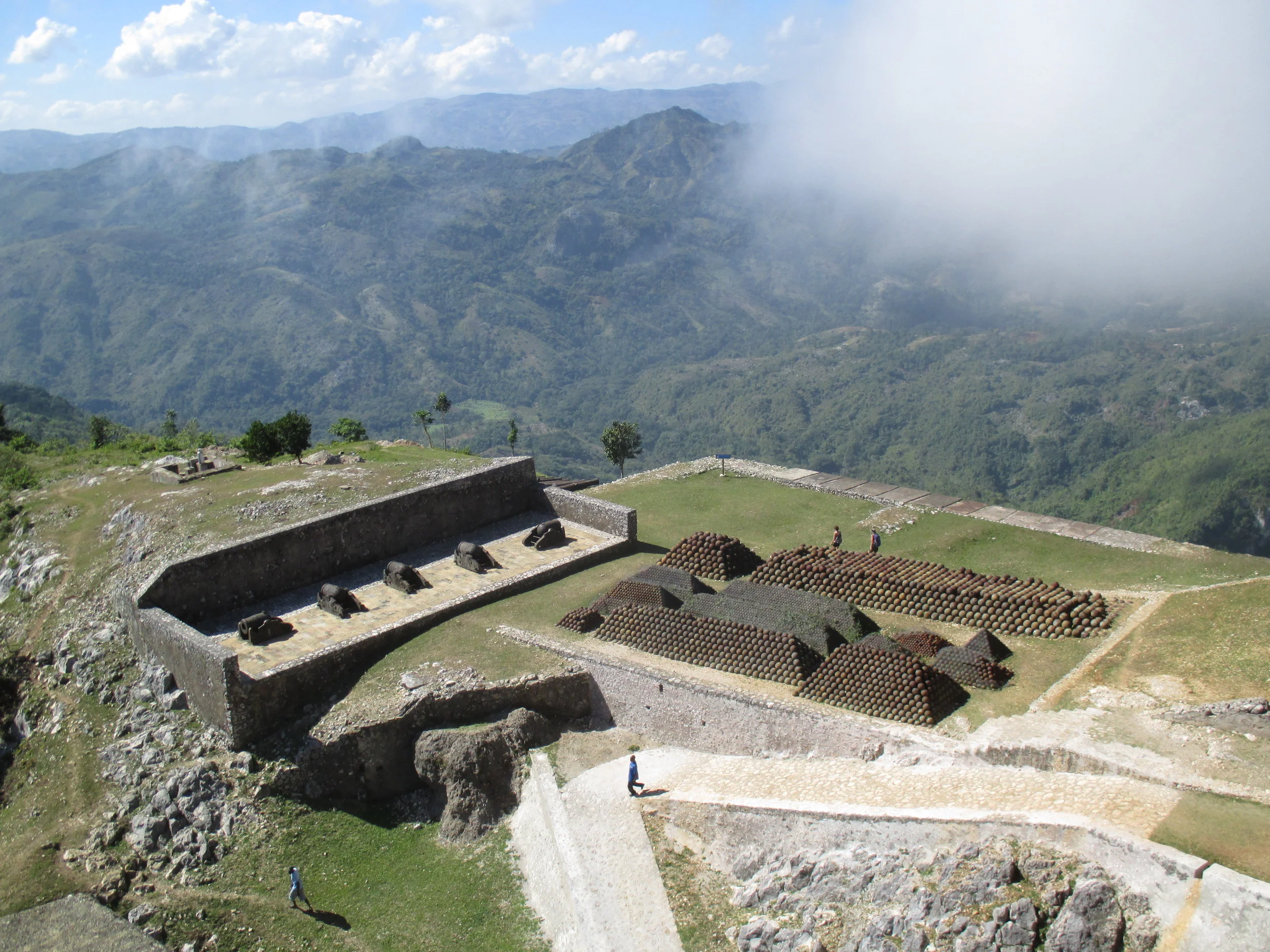Haitian Revolution
The first to revolt were actually the whites and freedmen, not the slaves. The white planters wanted more autonomy from France. Selling to non-French merchants was forbidden. The freedmen were also privileged but kept socially and politically inferior to the white planters.
Declaration of the Rights of Man and Citizens
In 1789, the Declaration of the Rights of Man and Citizens granted almost complete autonomy to the colony. As white and freedmen continued to fight amongst themselves, the slaves seemed oblivious to this political turmoil. This; however, was not true.
The slaves were not fighting for emancipation. Instead, they were demanding additional free days during the week and abolition of the whip, with no success. Slave revolts began to break out. In August 1791, a Vodou priest and Marron called Boukman led a ceremony where slave leaders pledged themselves to mass insurrection, setting plantations ablaze.
MARRONS
Marron in French means "escaped slave." Marrons fled into the mountains and lived in small bands. They were some of the revolution’s most powerful figures and responsible for organizing attacks. Le Nègre Marron is an iconic bronze statue erected in the heart of Port-au-Prince to commemorate the role of Marrons in Haitian independence and is the nation's iconic symbol of freedom.
Revolution Continues
In September 1791, Le Cap was burned to the ground. By 1792, slave rebels controlled a third of the island. France was determined to stop the revolt.
So, in 1793, the Proclamation of Emancipation was issued and the slaves were freed. Unfortunately, slaves were still forced to do the same work. The only thing that truly changed was that plantation owners were no longer allowed to physically whip the slaves.
Slaves did not see this as emancipation and continued to fight.
Touissaint Louverture
During this time, Toussaint Louverture, a former slave, began to gain recognition as a leader in the rebel army. He is Haiti’s most recognizable revolutionary figure.
Late in 1801, Napoleon sent his brother-in-law, Leclerc, to Saint-Domingue. Napoleon assured the black population that this was merely to protect the decree of emancipation. The real purpose was to deport all prominent black military officers and restore French authority.
Louverture was captured and exiled in France, where he died in 1803.
The revolution was then led by Henri Christophe and Jean-Jacques Dessalines. The French fought a hopeless campaign that lasted until November of 1803.
INDEPENDENCE
On January 1, 1804, Saint-Domingue proclaimed its independence, returning to its original name Ayiti, creating the first black-led nation in the world
Haitian lore holds that Dessalines created Haiti’s flag by taking a French flag and ripping out the white center. He then asked Catherine Flon, his god-daughter, to sew the remaining bands together. The blue was taken to represent Haiti's former black slaves and the red those of mixed ancestry. The Coat of Arms was added in 1806.

